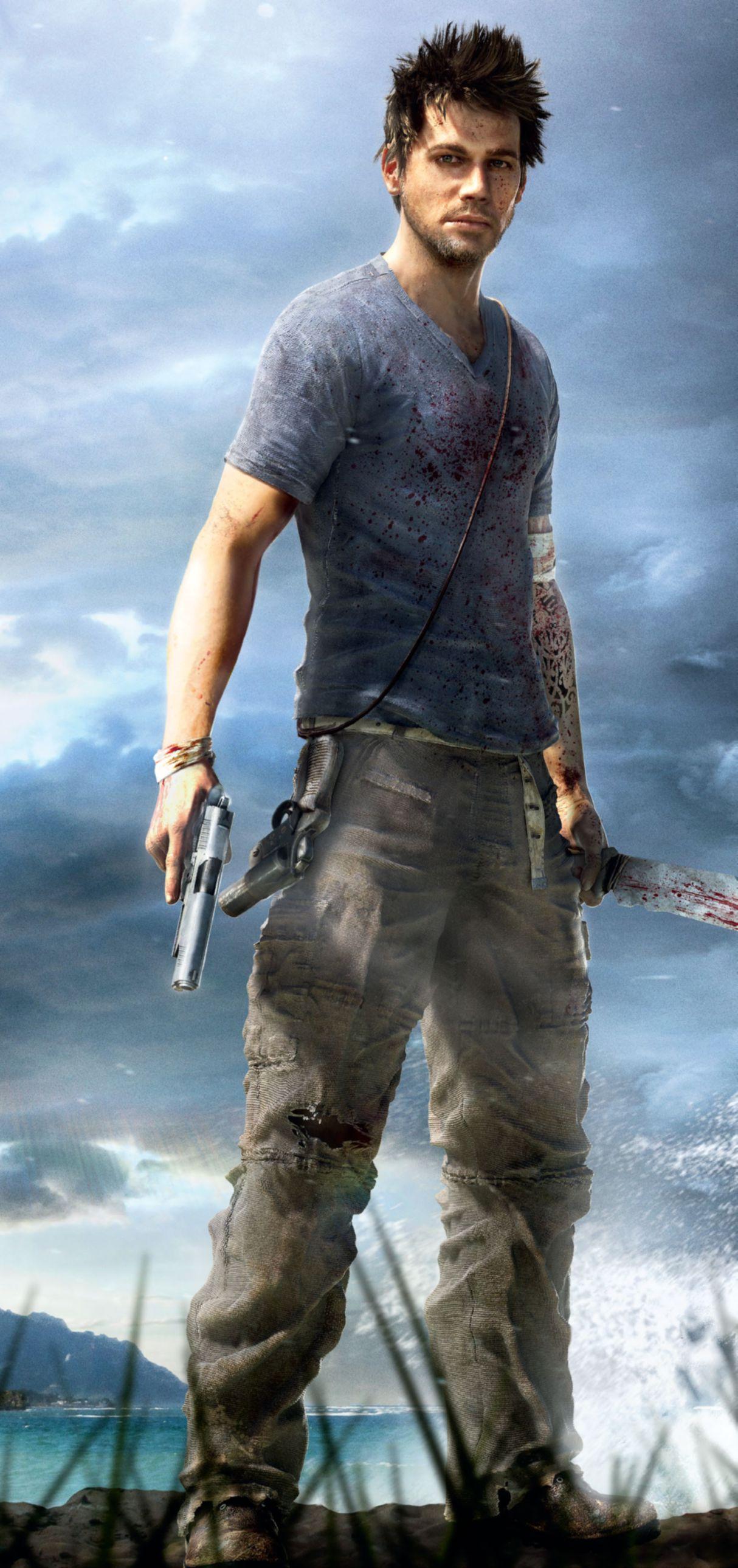
3 minute read
reTroSpecTive
102
retrospectiveFar c ry 3
Far Cry 3 was a game that changed the course of Ubisoft’s flagship series – but was that course correction for better… or for worse? Dom PePPiatt
Publisher Ubisoft / DeveloPer Ubisoft / format box 360
Any game that takes a bunch of young middle-class kids and throws them into a hostile island in the middle of the Indian and Pacific Oceans and teaches them that maybe – maybe –everything they know about life isn’t quite what they expected… is a game that’s going to get our attention.
When you first boot up Far Cry 3, players are met with an epigraph from Lewis Carroll’s Alice’s Adventures In Wonderland. “In another moment down went Alice after it, never once considering how in the world she was to get out again.” The inclusion of this quote was intentional: it was intended to telegraph to players that protagonist Jason Brody’s journey was about to get surreal.
And Far Cry 3 lives up to that promise. On the surface, it’s a game about a 25-year-old Caucasian male – from Hollywood, Los Angeles – taking a once-in-a-lifetime trip What’s the story? to a whole new world Far Cry 3’s story is, according to open his mind and to narrative director Jason expand his horizons. But VandenBerghe, ten times there are so many more levels to the game that larger than its predecessors. It set a precedent for the series’ narrativegrab you and bring you in, focused future. even before you get to play around with Far Cry’s exemplary open world mechanics and explore the lush South Pacific realm you’ll be calling home over the next 30 hours.
The game is – unapologetically –a fantasy. It’s a power trip. It’s the story of a rich white kid travelling to a foreign climate, a story about allowing protagonist Jason Brody to enact some of the most ridiculous fiction ever in his own life, and let players see through his eyes. The most provocative trailer for Far Cry 3 showed the protagonist having sex with a princess named Citra. This happens in front of a crowd of onlookers. “I will lead you to glory!” shouts Jason on climax. ‘Step into the insanity’ the trailer tells you. Play Far Cry 3.
What lies beneath
It’s a complex narrative that – on the surface – looks like your standard videogame power trip aimed at a very specific audience of straight, white 20-somethings. But dig a little deeper, and Far Cry 3 reveals something else to you – a story about white colonialism, a criticism of how videogames let us do what we like to foreign populations with little or no consequences. Depending on which ending you choose to complete in Far Cry 3, you can see a variety of videogame tropes challenged. You can (spoilers!) choose to fight the ‘save the Princess’ trope by thinking you’ve saved the Princess, but actually having the Princess kill you – deceiving you all along for her own nefarious ends. Far Cry 3 carried on the trend of Far Cry games playing with the player, testing them, asking them if they’re really paying attention to what’s going on. Far Cry saw a gung-ho soldier rescue a journalist and give the player open-world freedom like they hadn’t seen before, Far Cry 2 saw a wellresearched, believable and ecological viable African open world, and Far Cry 3 decided to push that further, by adding one of the most convincing unreliable narrators gaming has ever seen into the mix. The third game in the series brought a real sense of open-ended interpretation to the series – allowing players to take what they wanted from their experience, rather than swallow a prescribed, pre-established notion of a story that had a defined beginning, middle and end. It offered villains that could be doubted – gave the player freedom to use tigers to attack enemies, die from infectious










